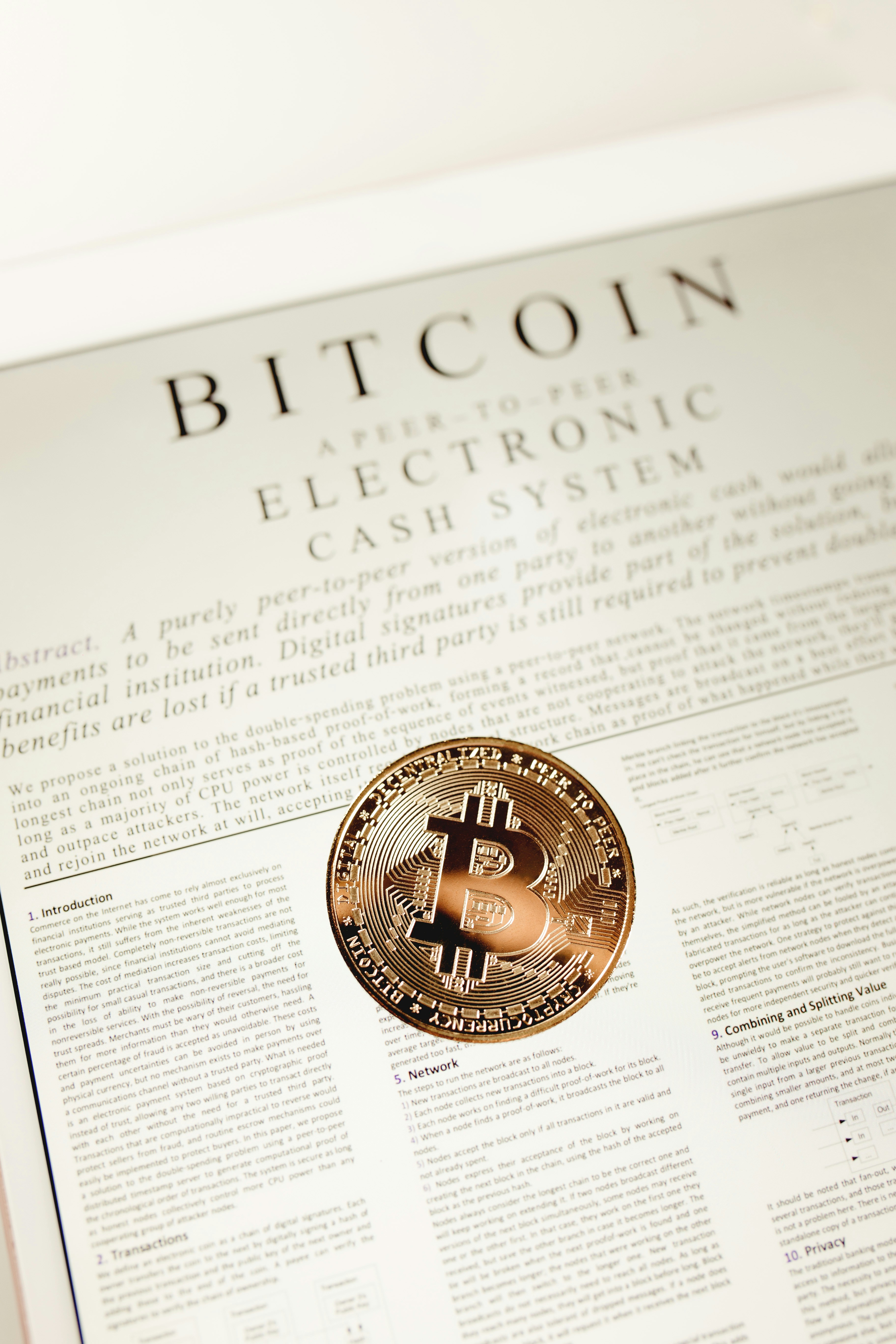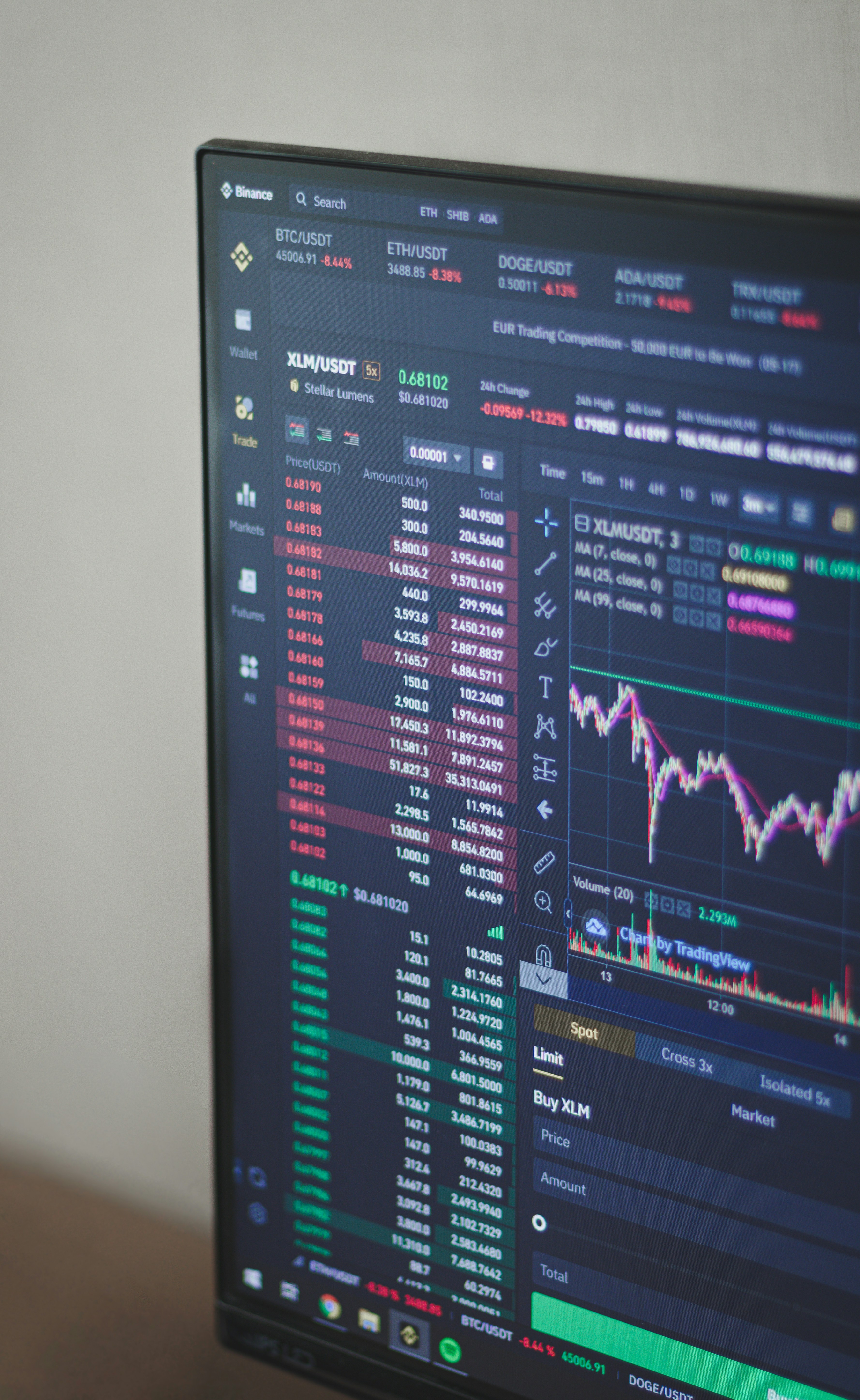Today’s Defining Moments in the Crypto Ecosystem, from Market Movements to Regulatory Shifts
Turbulence, innovation, and regulatory breakthroughs define today’s cryptocurrency scene. As the market consolidates, Bitcoin, Ethereum, and XRP continue to dance along shifting macroeconomic rhythms. Meanwhile, traditional finance titans like Nasdaq are embracing the future with a $50 million stake in Gemini and proposals for tokenized securities. On the regulatory front, countries like India are opting for caution rather than full adoption. In this 6000+ word exploration, we’ll unpack these developments—from market trends and exchange IPOs to government policy and investor sentiment. The cryptocurrency landscape continues to be a dynamic and transformative realm, characterized by unprecedented innovation, regulatory challenges, and technological breakthroughs. As we navigate through 2024, the digital finance ecosystem demonstrates remarkable resilience, adaptability, and potential for disrupting traditional financial systems. This comprehensive roundup will explore the most significant developments across cryptocurrencies, exchanges, and regulatory frameworks, providing readers with an in-depth understanding of the current state and future trajectory of digital assets.
The cryptocurrency market has evolved from a niche technological experiment to a global financial phenomenon, attracting institutional investors, technological innovators, and forward-thinking regulators. With total market capitalization experiencing substantial fluctuations and emerging technologies reshaping investment strategies, understanding the nuanced developments becomes crucial for investors, technologists, and policymakers alike.
i- Exchange Dynamics and Innovations
Centralized vs. Decentralized Exchanges.The exchange landscape demonstrates a fascinating evolution, with both centralized and decentralized platforms introducing groundbreaking features:
Centralized Exchanges (CEX):
- Enhanced Security Protocols
- Advanced Trading Features
- Regulatory Compliance Mechanisms
- Decentralized Exchanges (DEX):
- Improved Liquidity Pools
- Cross-Chain Trading Capabilities
- Reduced Transaction Fees
- Emerging Exchange Trends:
- Hybrid Exchange Models
- Advanced Trading Algorithms
- Enhanced User Experience and Interface Design
ii- Regulatory Developments Worldwide
Global Regulatory Approaches.Different jurisdictions have adopted varied approaches to cryptocurrency regulation, reflecting diverse economic and technological perspectives:
United States:
- SEC Regulatory Frameworks
- Cryptocurrency Taxation Guidelines
- Institutional Investment Regulations
- European Union:
- MiCA (Markets in Crypto-Assets) Regulation
- Consumer Protection Measures
- Blockchain Technology Standardization
- Asian Markets:
- China’s Cryptocurrency Policies
- Japan’s Progressive Regulatory Environment
- Singapore’s Blockchain-Friendly Approach
iii- AI-Driven Trading Strategies
Intelligent Trading Ecosystems.Next-generation trading platforms leverage advanced AI capabilities:
Machine Learning Trading Features:
- Predictive Market Modeling
- Emotional Sentiment Analysis
- High-Frequency Trading Optimization
- Risk Management Algorithms
- Advanced Trading Intelligence:
- Real-time Global Economic Pattern Recognition
- Microsecond Decision-Making Processes
- Adaptive Learning Investment Strategies
- Cross-Market Correlation Analysis
iv- Neuromorphic Blockchain Architectures
Brain-Inspired Blockchain Design.Emerging blockchain technologies mirror human neural networks:
Key Neuromorphic Characteristics:
- Adaptive Network Structures
- Self-Healing Mechanisms
- Contextual Learning Capabilities
- Decentralized Intelligence Distribution
- Potential Applications:
- Autonomous Financial Ecosystems
- Self-Regulating Economic Networks
- Intelligent Contract Execution
- Dynamic Resource Allocation
v- New Projects and Speculative Buzz
- Layer Brett ($LBRETT), an Ethereum Layer-2 token, is generating buzz. With gamified staking, NFT tie-ins, and high speculation, analysts project potential 40–50X returns.
- Indiatimes
- Remittix (RTX) is gaining legitimacy thanks to strong presale performance, upcoming CEX listings, and real-world payment capabilities via a new multi-currency wallet
vi- Broader Tiers of Crypto Regulation
- In the United States, the recently enacted GENIUS Act enables regulated issuance of fully backed stablecoins by institutions—something that could revolutionize everyday payments.
- Investors
- The U.S. SEC plans sweeping rules to reduce compliance burdens, offer clearer digital asset classifications, and pave the way for token trading on national platforms.
From institutional moves and speculative breakouts to cautious regulation and global divergence, the crypto landscape remains a dynamic confluence of innovation, strategy, and volatility. Traditional institutions are inching closer, while governments exercise restraint or restraint. Meanwhile, tokenized business models and narrative plays continue to propel speculative appetite.
Staying informed is no longer optional—it’s essential. Trends and drivers of today will shape the markets of tomorrow. Whether you’re a retail investor, institutional watcher, or policymaker, the narrative is more complex and exciting than ever. The future of cryptocurrency transcends traditional monetary concepts. We’re witnessing the emergence of intelligent, adaptive financial ecosystems that challenge our fundamental understanding of value, exchange, and economic interaction.
FAQs
Q1: What’s behind the recent cryptocurrency gains?
Market optimism stems from expectations of U.S. rate cuts and improved investor sentiment. Major coins like Bitcoin, Ethereum, and XRP all saw moderate gains.
Barron’s
Q2: Why are companies betting heavily on crypto for their treasuries?
Some firms adopted ‘crypto treasury’ strategies tied directly to token performance. That worked—until the market correction hit and their valuations collapsed under the pressure
Q3: What are the primary differences between centralized and decentralized exchanges?
Centralized exchanges offer user-friendly interfaces and customer support, while decentralized exchanges provide enhanced privacy and reduced intermediary involvement.
Q4: How can individuals start investing in cryptocurrencies?
Begin by researching reputable exchanges, understanding basic blockchain concepts, and starting with small, manageable investments.
Q5: What technologies are driving cryptocurrency innovation?
Blockchain scalability solutions, interoperability protocols, and advanced consensus mechanisms are primary drivers of cryptocurrency technological advancement.
Meta Description
Explore today’s crypto market pulse with our in-depth breakdown: Bitcoin, Ethereum, XRP price moves, Nasdaq’s strategic bets, India’s regulatory stance, and buzz-worthy tokens like Remittix and Layer Brett, all in one comprehensive roundup.




